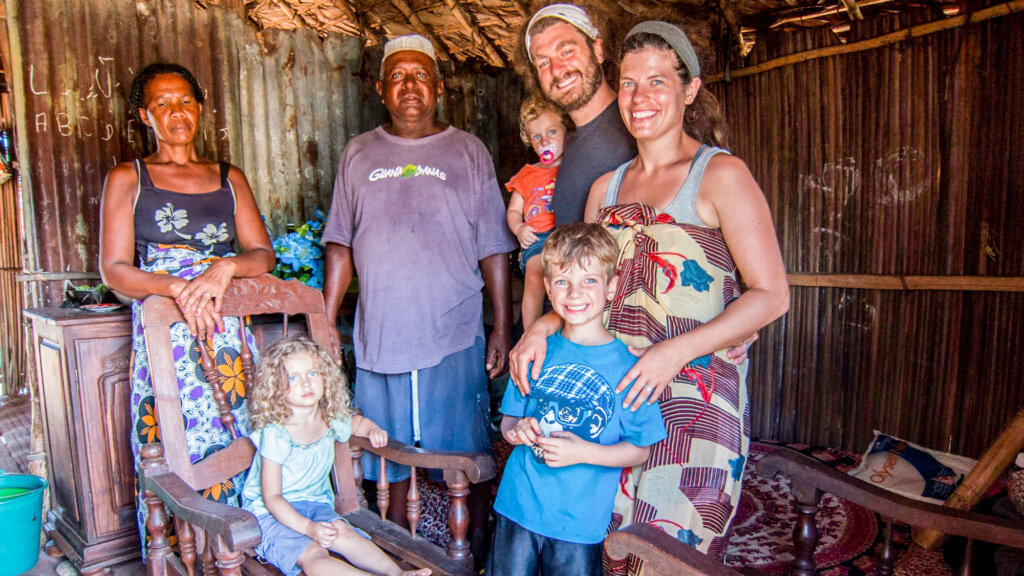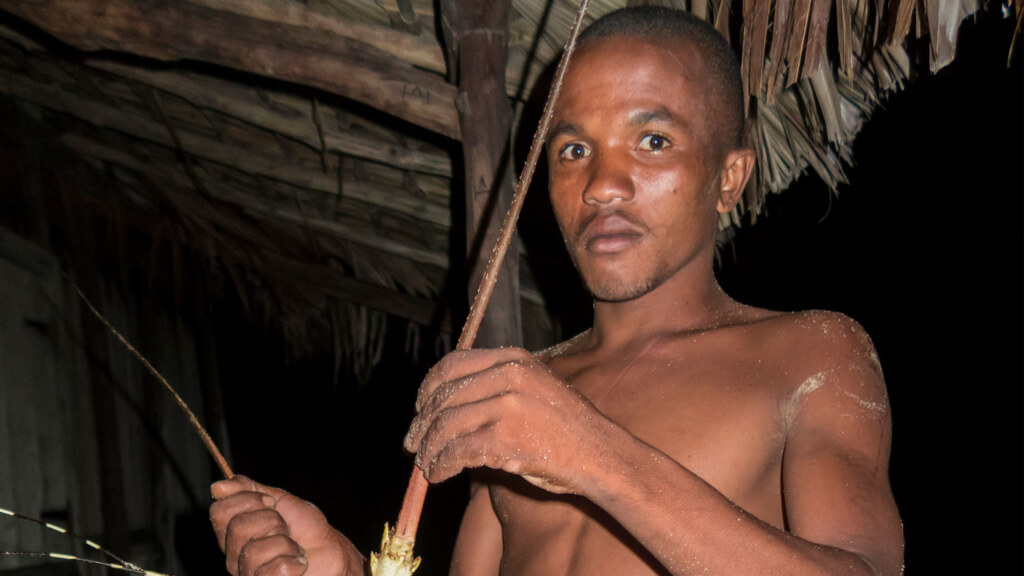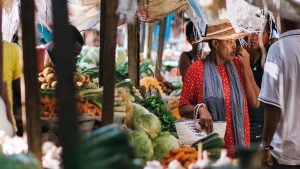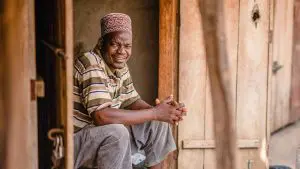[content_block id=18295 slug=connect-may-2017]
There are a number of reasons why we can’t just plant or build a church among the Antakarana. Firstly, there are no local Christians who could even consider coming to our services. Secondly, our model and concept of church would be so foreign that the local people would have all sorts of misconceptions about what we were doing and why.
Doing church
Shawn & Angie Mayle share about healthcare on Nosy Mitsio
There is little access to healthcare on Nosy Mitsio. While there is a small government clinic on the island, the ‘doctor’ is rarely there. Our team decided it would be wise to have a medical ministry on the island. During our first year, we attended transformational development training, which led us to focus on sustainability and empowering people through ministry.
After we had been on the island for a year we called a community meeting. We asked people to identify health issues and how they were currently caring for themselves. We told them that we were nurses, and that if they wanted to pick a few learners we would teach them how to provide simple medical care. We explained that we wanted to teach them so that one day, when we were not there, they could continue to care for themselves. The people were excited and took ownership of their healthcare programme. Over a series of community meetings they decided to form a committee, elected officers, and chose the learners. They solved problems such as how to supply medications, how to travel to the mainland to obtain medications, and how their learners would be paid for their services once trained.
Angie and I created a curriculum based on the health problems they had identified. In the end, seven lessons were created. We trained our first two learners and when a third learner was added, one of the first two learners taught the lessons. After finishing training, the learners began seeing patients alongside us, and we prayed for the sick. Angie and I also created a manual of all the lessons, which we translated into the dialect. We were able to leave this book with our learners as a reference as they began to take care of the health of their own people.
So we started with where they’re at. After translating Bible stories into their language, we met as a community and told them we had stories to share about the Creator. We offered to share them in each village. The ‘King’ of Nosy Mitsio read the Creation story aloud, and though his reading was broken and halting, people were thrilled to hear a story like that in their own language. Each of us in the team spoke to people in our villages to see if they’d like to meet to hear more. Every village began a meeting in the late evening after dinner time, usually in someone’s hut or outside in a gathering area. Throughout the meetings we prayed in Jesus’ name, asking the Creator to give us his Spirit to learn his stories and to follow him. We each shared the good and bad things that had happened in the last few days and we thanked God and asked for his help. At each meeting we told a Bible story and repeated it several times, until those there could retell the story themselves. We asked what each person learned from the story about who God is, what people are like, and what God is teaching us about how to follow him. We challenged everyone to share the story with at least one person who hadn’t yet heard it.
Enthusiasm was pretty strong at the beginning, for the first few meetings. But when people heard that Jesus is God and that he’s stronger than the ancestors, they also began to hear from their ancestors that they’re not allowed to talk about Jesus. Many are now afraid to meet and discuss the stories, afraid that their ancestors will curse them. But some are still interested to hear more, to learn about the one who has power to protect them from the curse. This is how the Church is beginning among the Antakarana on Nosy Mitsio.
My friend Vazaha
Vazaha is a young man who lives on the outskirts of our village. Vazaha is really just a nickname he received due to his skin tone, which is lighter than usual. It means ‘white foreigner’ and is the same title that is given to all of us missionaries. Vazaha usually has an easy-going personality and stays on the edge of most social situations. Vazaha’s father, the ‘King’ of Nosy Mitsio, is no longer with Vazaha’s mother, but has a new wife with whom he’s had many other children. This sometimes results in conflict in our village between Vazaha, Vazaha’s wife, and his step-mother, so Vazaha likes to stay at the edge of things. He’s been especially interested in us other ‘vazaha’ (foreigners) and has been a great friend to several of us.
Often he comes by our house to share challenges he’s been having in life or with his step-mother and father. As we offer encouragement and a listening ear, our conversations have many times turned into lengthy discussions about who the Creator is and how we know him in Jesus. What has captivated Vazaha is the idea that Jesus is “the creator who we see with our eyes,” and how that means God can be active and powerful in our lives. This contrasts with the traditional belief that God is distant, unknowable, and acts only through the ancestors. Sometimes Vazaha comes by just to ask more about Jesus, and he’s said he wants to trust him. Vazaha has told us he’s begun to ask God to give him his Spirit, to stop the dreams that trouble him at night, and to let him know the truth about Jesus. Please pray that Vazaha would receive the gift of faith, a knowledge of Jesus, and the Holy Spirit to teach him and protect him from evil spirits.





